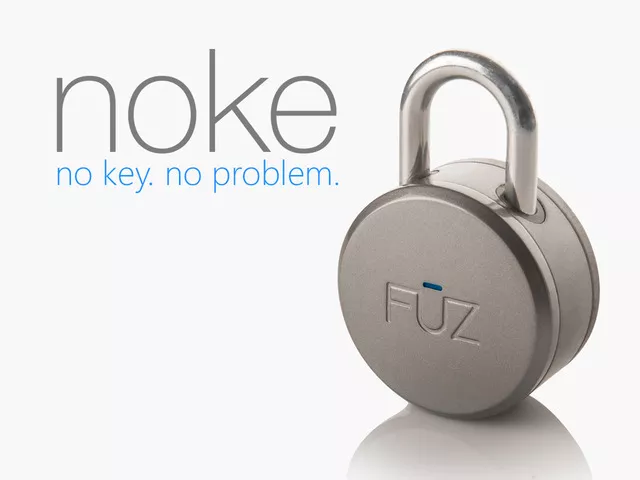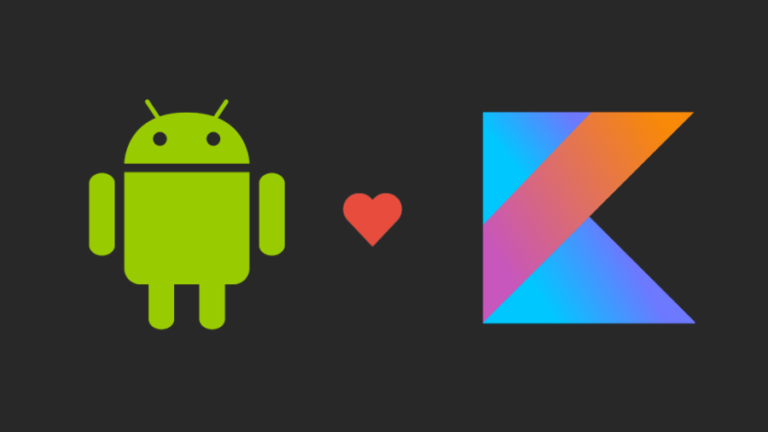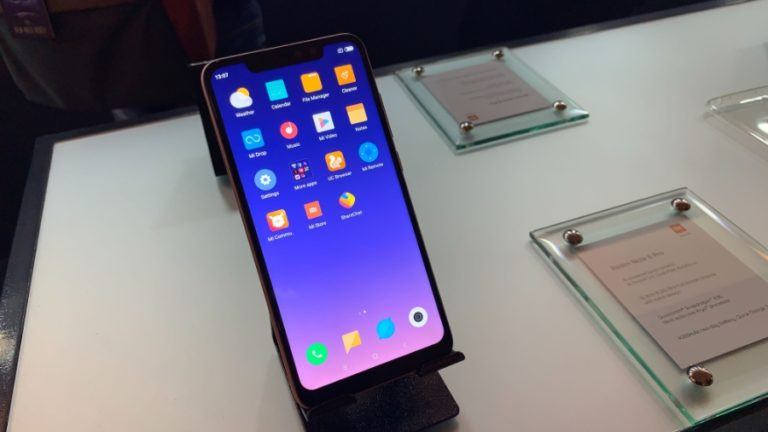WebVR Shell: Google Is Making Every Website On The Web Viewable In VR

 Short Bytes: Boosting its efforts in the virtual reality technology, Google has brought the WebVR APIs to its Chrome web browser. In near future, one should expect a richer web full of VR-enabled websites that a person can explore using a VR headset.
Short Bytes: Boosting its efforts in the virtual reality technology, Google has brought the WebVR APIs to its Chrome web browser. In near future, one should expect a richer web full of VR-enabled websites that a person can explore using a VR headset.
To allow the web users to browse every nook and corner of the web in VR, Google has played a key role in defining the WebVR standards that allow the creation of VR-enabled websites to serve VR content directly to headsets like Oculus and HTC Vive.
If we look at the present scenario, one needs to put on the VR headset and take it off as one explores non-WebVR and WebVR sites.
These new VR capabilities have been recently spotted on the latest builds of Google Chrome Dev and Google Chrome Beta for Android. Chrome Beta now comes with a WebVR setting that brings enhanced virtual reality abilities to the websites that are build using the WebVR standards.
The Chrome Dev version brings more VR features in addition to the above-mentioned features. According to Google Chrome Evangelist François Beaufort, now Chrome Dev contains a VR Shell setting that enables a browser shell for VR to allow the users to browse the web while using Google’s Cardboard or Daydream-ready viewers.
To access these new features, one needs to visit the web browser’s Flags page accessing chrome://flags in the URL bar.
Talking about the other players, this WebVR API is only compatible with Chrome and Firefox, along with Samsung’s latest dedicated browser for its Gear VR headset.
These new set of features also bring new opportunities for the website owners who can produce compelling VR content and solidify their user base.
Did you find this article helpful? Don’t forget to drop your feedback in the comments section below.






